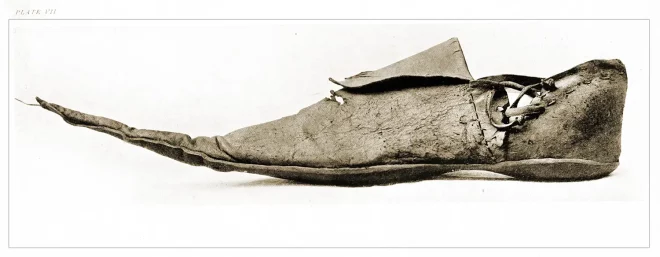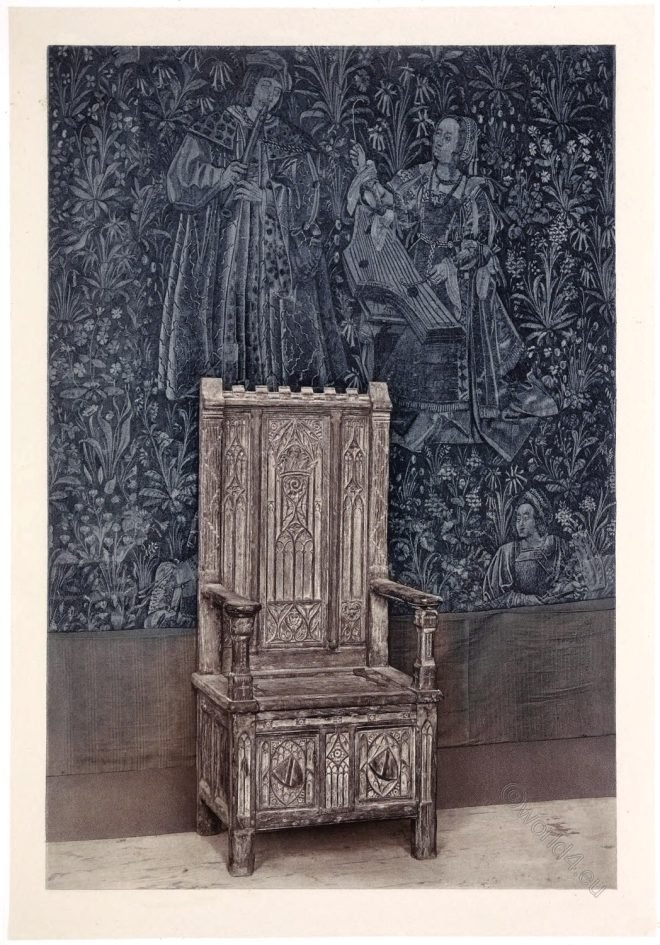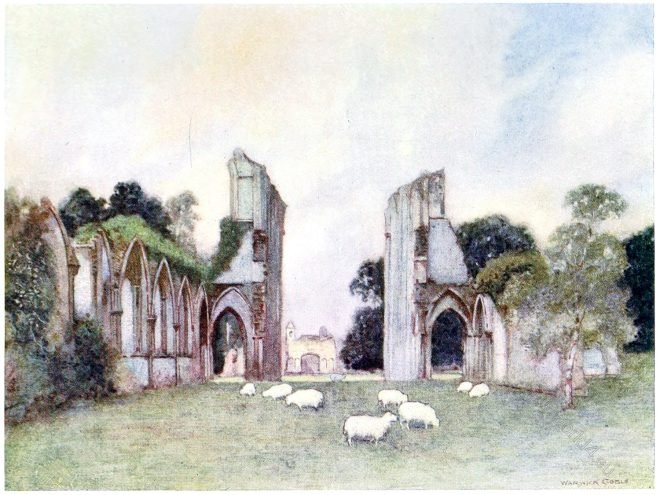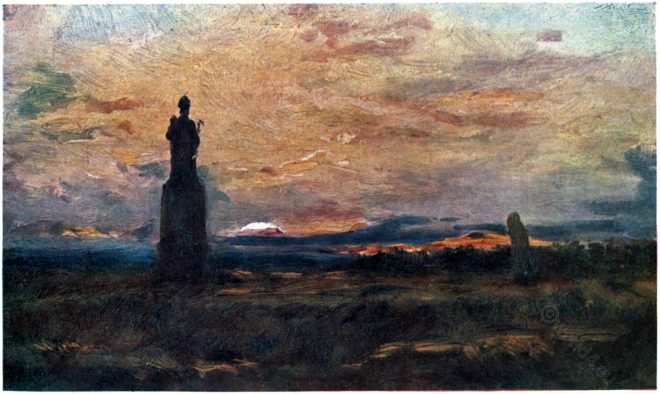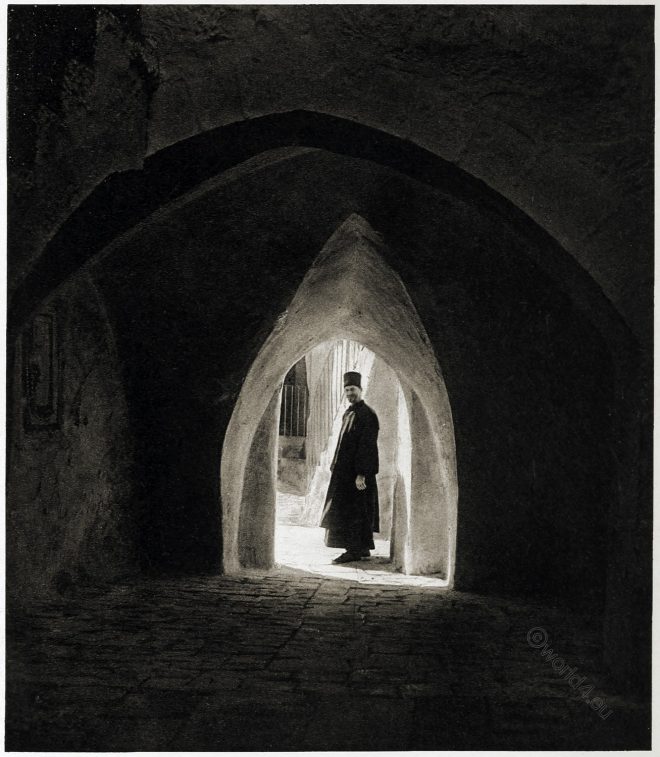Royal and historic gloves and shoes. The Crackow was found in an ancient house in Toledo.
Category: Middle Ages
Middle Ages costumes and fashion. Period between 700 to 15th century. Style of Byzantine, Carolingian, Romanesque, Gothic and Renaissance.
Chalice and paten of Saint Gozlin, Bishop of Toul, 10th century.
Treasury of the Cathedral at Nancy. This chalice and paten are of gold, enriched with precious stones and small cloisonné enamels
Gothic Chair with a box-seat of the 15th century.
Example of a chair of the latter half of the fifteenth century, with decoration from the latest period of Gothic architecture
The market cross at Glastonbury, Somerset.
Antiquities of Great-Britain. The market cross at Glastonbury, Somerset by Thomas Hearne
Glastonbury Abbey in the county of Somerset, England.
The memories of the British Inyswytryn, the Saxon Glaestingburge, the modern Glastonbury, or as it was sometimes called the isle of Avalon
Early monastic life and the controversy over icons.
Two groups of poets, living in the seclusion of two monasteries were particularly involved in the dispute when at its height.
The Hagia Sophia of Thessaloniki, Greece. Byzantine Architecture.
The Church of St. Sophia Thessaloniki. The grand scene of the Ascension is one of the best specimens of Byzantine mosaic extant.
Monasteries and Cloisters as Centres of learning and Culture.
The history of monasticism reveals the fact that In every field of thought and activity this institution wrought good and evil.
The Wartburg, a famous castle in Thuringia, Germany.
THE WARTBURG lies on the north-western slope of the Thuringer Forest. Romantic castles and palaces as seen and described by famous writers
The daily life of the monks. The Benedictine system.
In the Benedictine system early Western monasticism is to be seen at its best. Its rule was generally adopted by the monasteries of Western Europe.

